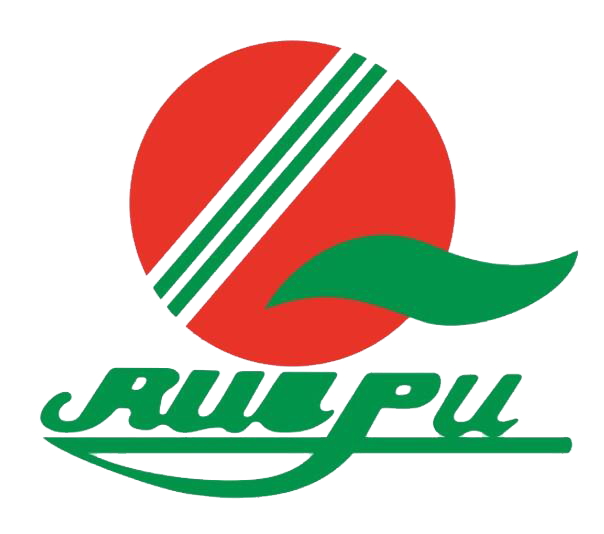
Understanding the Classification of Ferrous Sulfate
Ferrous sulfate, also known as iron(II) sulfate or copperas, is an inorganic compound with the formula FeSO₄. It is a vital source of iron and has numerous applications across various industries, including agriculture, pharmaceuticals, and water treatment. Understanding the classification of ferrous sulfate is essential for its effective use and application. In this article, we will explore the different classifications of ferrous sulfate, its properties, and its applications.
What is Ferrous Sulfate?
Ferrous sulfate is a pale green crystalline solid that is soluble in water. It is commonly found in nature as the mineral melanterite. This compound is classified as a salt, formed from the reaction of sulfuric acid with iron oxide or iron filings. Ferrous sulfate is primarily used as an iron supplement due to its high bioavailability.
Classification of Ferrous Sulfate
1. Based on Hydration States
Ferrous sulfate can be classified based on its hydration states, which refers to the number of water molecules associated with the iron sulfate compound. The most common forms include:
– Anhydrous Ferrous Sulfate (FeSO₄): This form contains no water molecules and is less commonly encountered in practice.
– Monohydrate Ferrous Sulfate (FeSO₄·H₂O): This is a more stable and commonly used form, containing one molecule of water.
– Heptahydrate Ferrous Sulfate (FeSO₄·7H₂O): This is the most prevalent form, consisting of seven water molecules and is often referred to as “green vitriol.” It appears as blue-green crystals and is widely used in various applications.
2. Based on Purity and Grade
Ferrous sulfate can also be classified based on its purity and grade, which are crucial for specific applications:
– Technical Grade: This grade is used for industrial applications and may contain impurities. It is suitable for water treatment and other non-food applications.
– Food Grade: This classification is for ferrous sulfate that meets strict purity standards for use in food and dietary supplements. It is often used as an iron fortification agent in various food products.
– Pharmaceutical Grade: This high-purity grade is used in the formulation of medicines and dietary supplements. It adheres to stringent regulations to ensure safety and efficacy.
3. Based on Applications
Ferrous sulfate can also be classified based on its applications:
– Agricultural Use: In agriculture, ferrous sulfate is employed as a soil amendment to correct iron deficiency in plants. It is essential for chlorophyll production and overall plant health.
– Water Treatment: It is commonly used in water treatment processes to remove impurities and control algae growth.
– Industrial Applications: Ferrous sulfate is utilized in various industrial processes, including the production of pigments, as a reducing agent in chemical reactions, and in the manufacturing of fertilizers.
Conclusion
Understanding the classification of ferrous sulfate is crucial for its effective application in various fields. Whether used in agriculture, pharmaceuticals, or water treatment, the appropriate form and grade of ferrous sulfate must be chosen to achieve the desired outcomes. By recognizing its diverse classifications, industries can harness the benefits of ferrous sulfate more effectively, ensuring optimal results in their respective applications.
If you’re considering using ferrous sulfate in your projects, be sure to select the right type based on your specific needs and application requirements.




